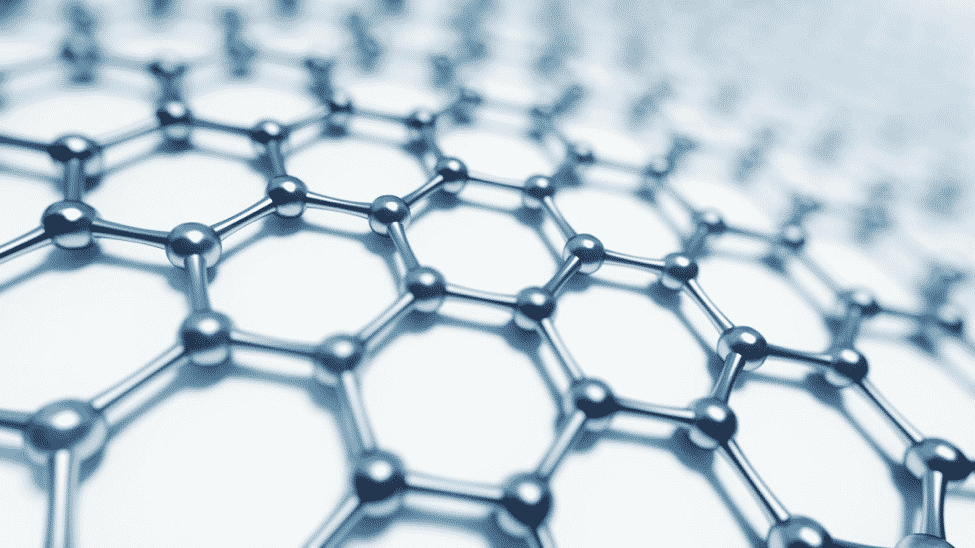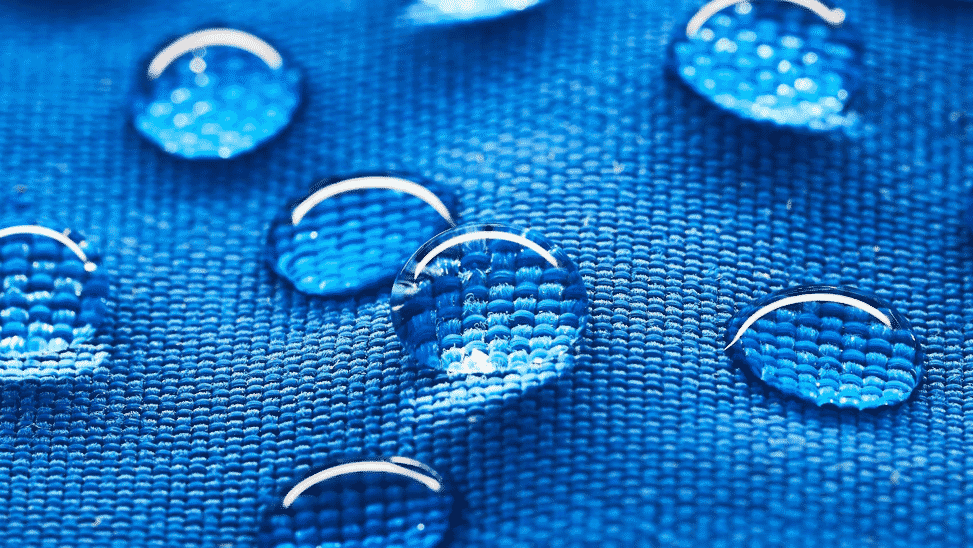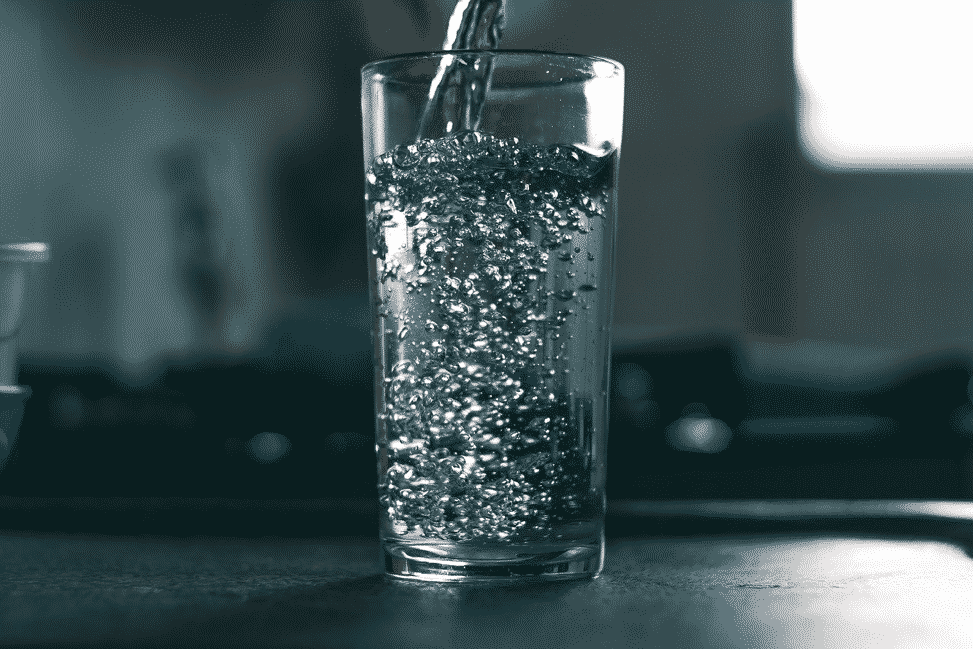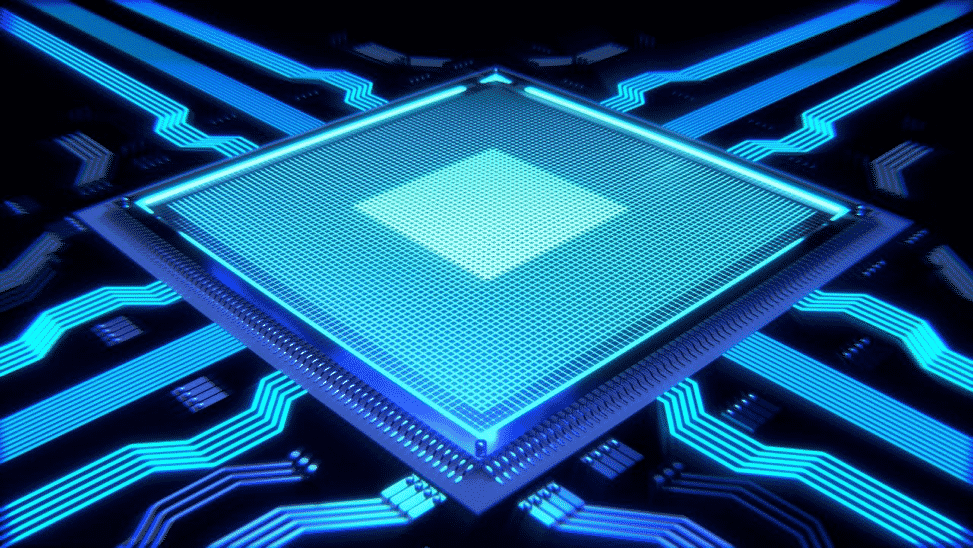“Nano” means “one-billionth.” A nanometer, then, is one-billionth of a meter, which is mind-boggling to imagine. To get an idea of scale that makes sense to the average person, you’d have to picture something vast enough to still be able to see one-billionth of it. Take the Pacific Ocean, for instance: that gargantuan body of water covers over 60 million square miles. One billionth of the Pacific Ocean would cover just over 316 feet—not even the size of a respectable lake. Following are a few other examples you might be able to wrap your brain around:
- There are 25,400,000 nanometers in an inch.
- A sheet of newspaper is about 100,000 nanometers thick.
- On a comparative scale, if a marble were a nanometer, then one meter would be the size of the Earth.
What is Nanotechnology?
Nanotechnology, then, is technology produced by science and engineering performed at the nanoscale, which is about 1 to 100 nanometers. A human hair is about 80,000 to 100,000 nanometers wide, so even that’s too big to interest a nano-scientist. Using layman’s terms, nanotechnology (sometimes referred to as nanotech) is the application of exceptionally small things across just about any scientific discipline, including chemistry, biology, physics, materials science, and engineering.
As far back as 1959, scientist Richard Feynman predicted that eventually scientists would be able to manipulate and control individual atoms and molecules. His vision became a reality in 1981 with the invention of the scanning tunneling microscope, which made individual atoms visible.

Still confused? Another workable definition of nanotechnology is “The design, characterization, production, and application of structures, devices, and systems by controlled manipulation of size and shape at the nanometer scale (atomic, molecular, and macromolecular scale) that produces structures, devices, and systems with at least one novel/superior characteristic or property” (source).
What does that have to do with me?
People who are not scientists at heart may wonder what nanotechnology has to do with them. Well, a surprising amount, as a matter of fact. Nano tech companies have found and are continuing to find ways to apply this science to products that have become household items. Following is a list of eight nanotechnologies you are already using, but you may not know it. And remember, the field is still young—who knows what else might come up in its brightly shimmering future?

Sunscreen
Sunscreens are far more effective and less “gloopy” than they were 30 years ago. Have you ever wondered why? The answer is nanoscience. Nanoparticles—titanium dioxide and zinc oxide—have been added to sunscreens in more recent years, as they are highly effective at blocking UV radiation, are lighter on the skin, and absorb more easily. Older sunscreens used larger particles, which were harder to rub in and left a white tinge even after vigorous application.

Clothing
Most clothing isn’t microscopic, thankfully, but manufacturers often add nanoparticles to material to make it more comfortable and durable. Nanoparticles of silica help fabrics to repel water and other liquids, making them ideal for outdoor apparel and sportswear. If you’ve seen how waterproof clothing makes water “bead” up and roll off fabric, that’s nanotechnology at work. Silica can also be incorporated into textiles to make them stain-resistant and wrinkle-free. Similarly, textile manufacturers coat some fabrics with a thin layer of zinc oxide nanoparticles to make them resistant to UV radiation.

Glass
Certain kinds of glass are called “self-cleaning,” which may sound too good to be true, but nanotechnology is getting us there. Pilkington, a leading glass manufacturer, has developed a product they call ActivTM Glass, which has gained immense popularity with home and commercial builders. This glass has a coating of nanoparticles that break down organic molecules (you know…dirt), making it less able to adhere to the glass. When water comes into contact with the glass, the coating creates a “sheeting” effect that enables the water to carry the dirt away with it.

Water Filters
Very likely, you have a water filter attached to your kitchen sink. If you do, this filter’s purpose is to remove the microbes and compounds that make your water taste bad. But did you know that some of the most universal filter materials are silver nanoparticles? These nanoparticles kill algae and bacteria, making them one of the most commonly-used nanotech applications.

Quantum Dot Displays
These are not your grandmother’s televisions. “Quantum dots” (QDs) are the wave of the present in TV display technology. QDs are nanocrystals that can be added above the backlight layer on a TV. When LED light is shone through a layer of quantum dots, the crystals break it down and produce a white light that contains every color on the spectrum. The result is an enhanced picture quality with more vibrant colors.

Tennis Balls
Anyone for tennis? If you are, you’ll enjoy your game a lot more, thanks to nanotechnology. For 18 years, tennis racket companies have been making their rackets out of carbon nanotube-infused graphite, rendering them much lighter and stronger. Additionally, high-quality tennis balls now have a coating of clay nanoparticles on their inner core, making them bounce higher and last longer.

Scratch-Resistant Coating
If you drive a car (and we’re pretty sure you do) or wear eyeglasses, you benefit from nanotechnology on a daily basis. Aluminum silicate nanoparticles, when added to scratch-resistant polymer coatings, increase their efficacy in resisting scratches and chips.

Computers
Computers run our world these days, and computer processors are getting smaller all the time, as they are being used in ever-increasing, highly portable applications. Without nanotechnology, that would not be the case. For example, Intel’s core processor technology is currently a 10-nanometer chip. Remember, a nanometer is one-billionth of a meter. That is one unfathomably tiny computer!
Really, this list only scratches the surface of what nanotechnology is doing and will be able to do. Its capabilities are being applied to everything from anti-flammable furniture to adhesives, and trust us when we tell you that you haven’t seen the end of what this amazing field can offer.

